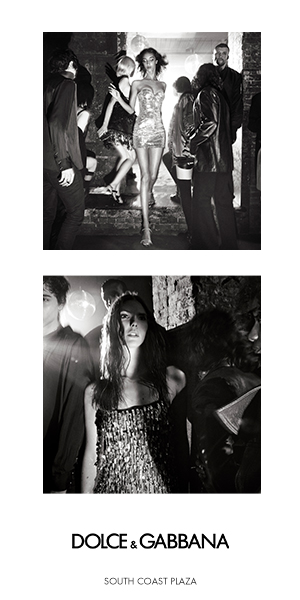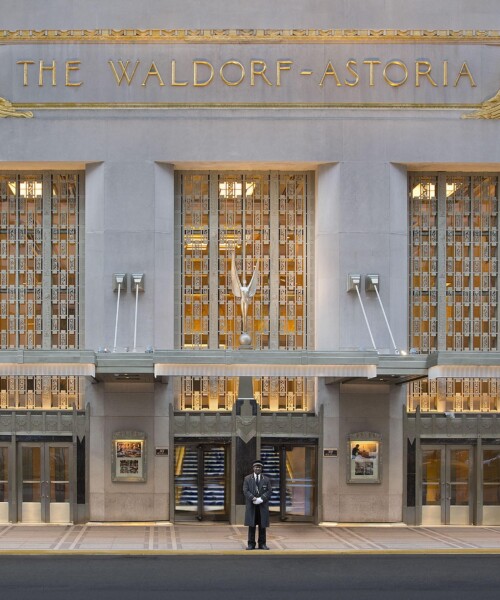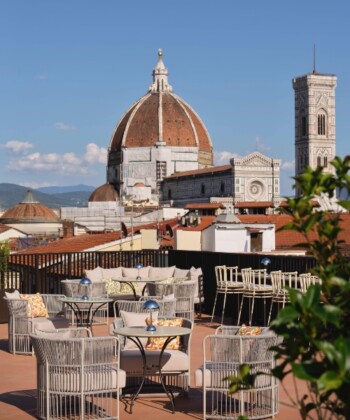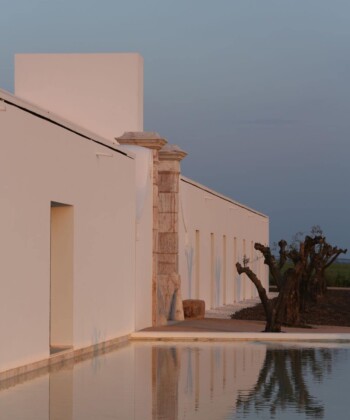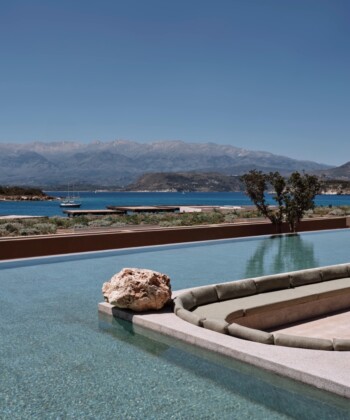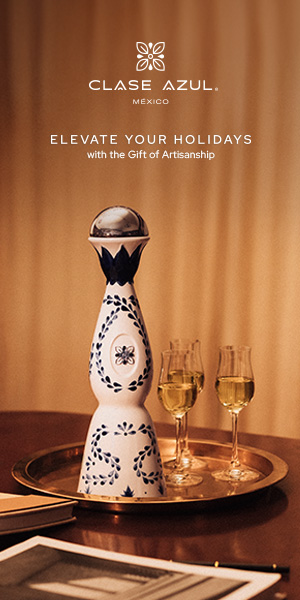The Waldorf Astoria Hotel is without a doubt one of New York’s grandest and most storied hotels, and sadly for many, it seems that a chapter in its saga is coming to an end. A Chinese firm has acquired the hotel with plans to begin a three-year renovation that will convert about three-fourths of the hotel’s rooms into private apartments, and upgrade the remaining rooms to luxury standards of the current era. So as we say goodbye to the Waldorf Astoria as we’ve known it, we wanted to remember a few colorful details from its past.
1. The original Waldorf Astoria Hotel started as a family feud between two cousins—William Waldorf Astor and John Jacob Astor IV.
In 1893, William built the original Waldorf Hotel on 5th Avenue and 33rd, which just happened to be the block where John’s mother lived. John found this breach of territory annoying, so four years later, he built an even bigger hotel (using the same architect his cousin William had commissioned) on the other end of the block. Eventually the two made peace and decided to connect the hotels by way of a long hallway (the famous Peacock Alley corridor), making the Waldorf Astoria the biggest hotel in the world.
2. The Empire State Building now stands where the original Waldorf Astoria was.
Tragically, John Jacob Astor died on the sinking of the Titanic. His cousin William Waldorf Astor died of a heart attack a few years later, and then in 1928 the hotel was sold to a developer, who demolished the old hotel to make room for the Empire State Building.
3. The Waldorf Astoria’s name was purchased for $1.
Just before the hotel was demolished a savvy hotelier name Lucius Boomer offered to buy the hotel’s name, which no one thought would have any monetary worth at that point. But in 1931, Boomer opened the new Waldorf Astoria Hotel in its current location on Park Avenue—which, at 47 stories and 2,200 rooms, was once again the world’s biggest hotel.
4. Starting with Herbert Hoover, the Waldorf Astoria’s Presidential Suite became the unofficial home away from home for every U.S. president thereafter.
Herbert Hoover actually lived in the Waldorf for the last thirty years of his life, and every president since has followed suite—at least when they’re in New York. Presidents over the years have left memorabilia in the Presidential Suite: JFK’s favorite rocking chair, Jimmy Carter’s eagle desk set, Ronald Reagan’s mirror and eagle-base table, Lyndon Johnson’s eagle wall sconces.
5. Many famous people have lived in the Waldorf Astoria.
Cole Porter lived in the hotel the last three decades of his life, and immortalized the hotel’s namesake Waldorf salad in his song “You’re the Top.” But he wasn’t the only notable person to call the hotel home. Grace Kelly, Frank Sinatra, and the Duke and Duchess of Windsor also chose the hotel as to stand in as a (not so) humble abode.
6. There’s an abandoned train station under the hotel: Track 61.
Originally used to carry freight from Grand Central Terminal a few blocks away, Track 61 was found to have a plethora of unexpected uses over the years. FDR used it when he was in office so people wouldn’t see him arriving in a wheelchair; Elsa Maxwell used it to bring up the elephants on which she made her grand entrance to the 1935 Circus Ball, and Andy Warhol threw his famous Underground Party on the train platform itself in 1965.
7. The Waldorf Astoria was the first hotel in the world to provide room service for guests.
Before the hotel began this service in the 1930’s, it was unheard of. Since 2010, when it became legal to tend bees in the city, the Waldorf Astoria has also had six beehives and a full-time bee keeper on one of its roof decks—so if you’d like a little honey with afternoon tea service, rest assured it’s fresh from the comb.























